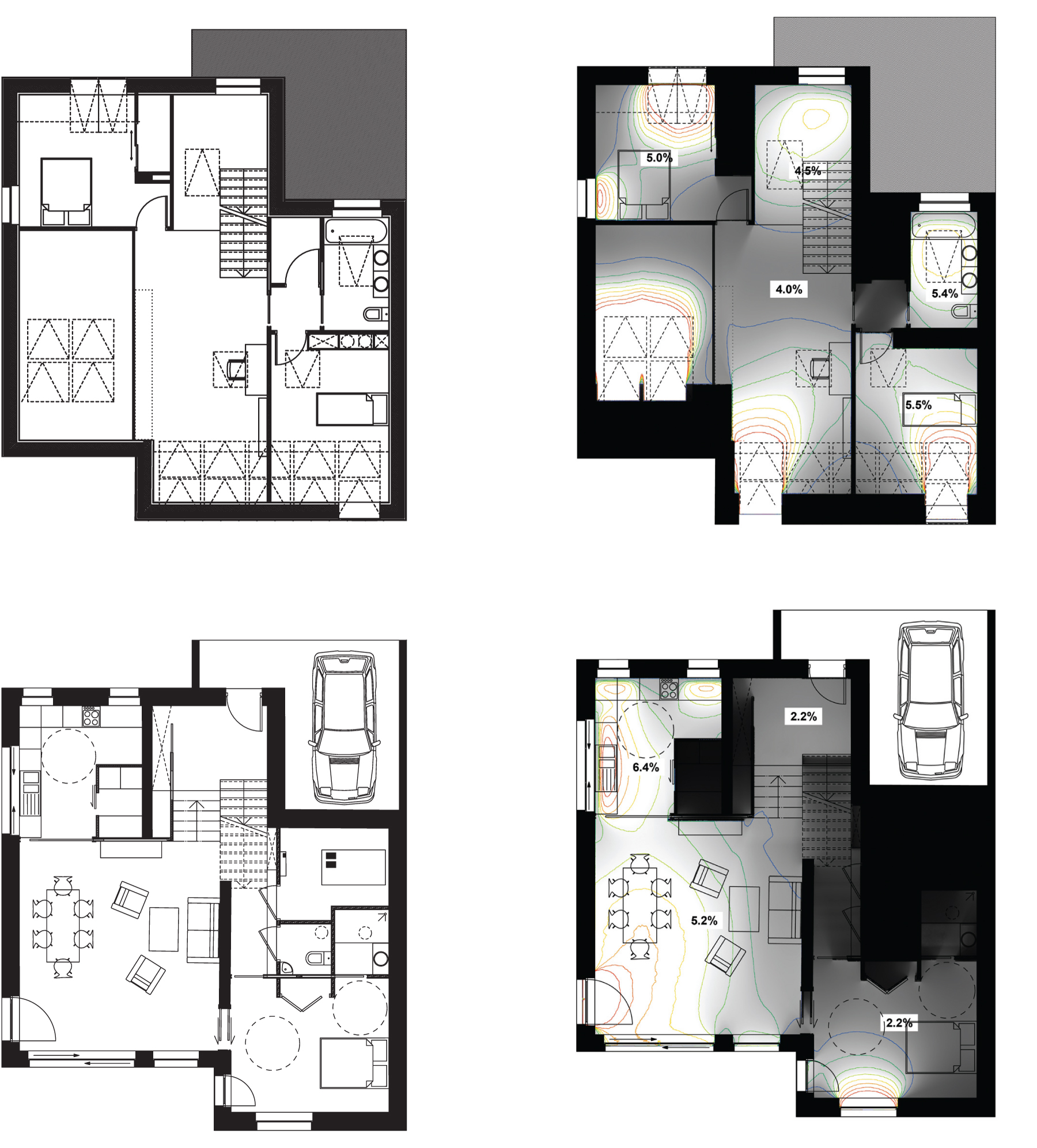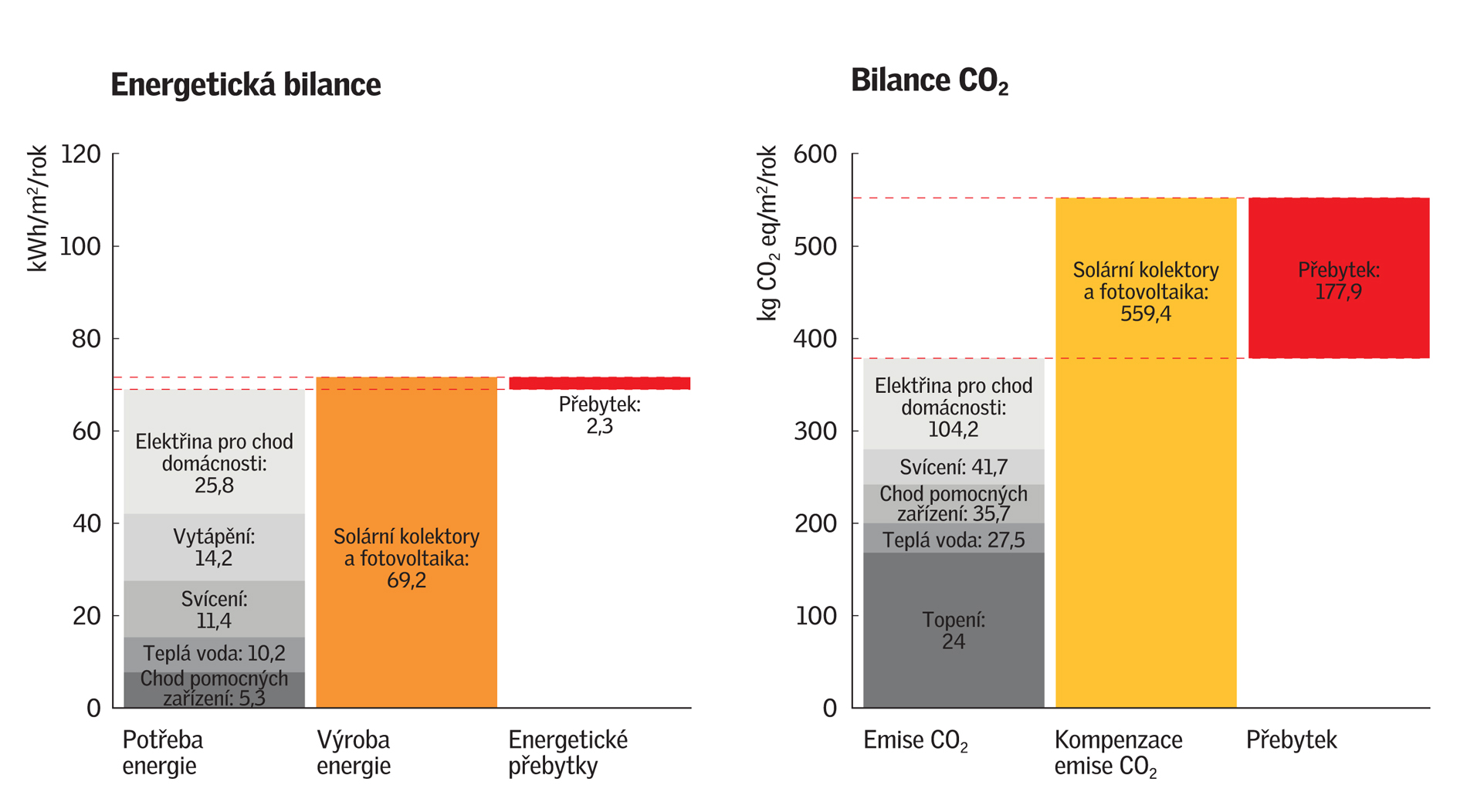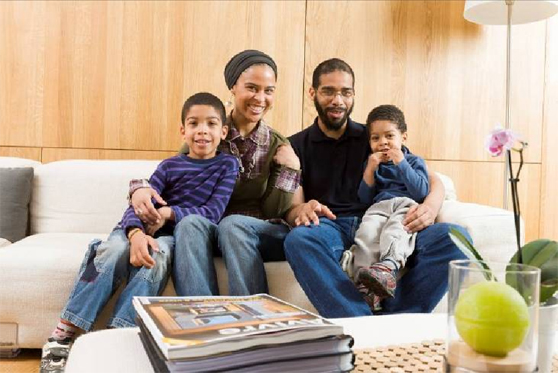The housing of the future combines a healthy indoor environment, energy efficiency, and maximum use of natural daylight with the ease of modern design. At the same time, it emphasizes harmony with the local environment, utilizing local manufacturers and materials typical for the region. A concept that takes into account the architectural, historical, and natural environment in which it is built. This is Maison Air et Lumière – the latest achievement of the VELUX Model Home 2020 project.




.jpg)





















